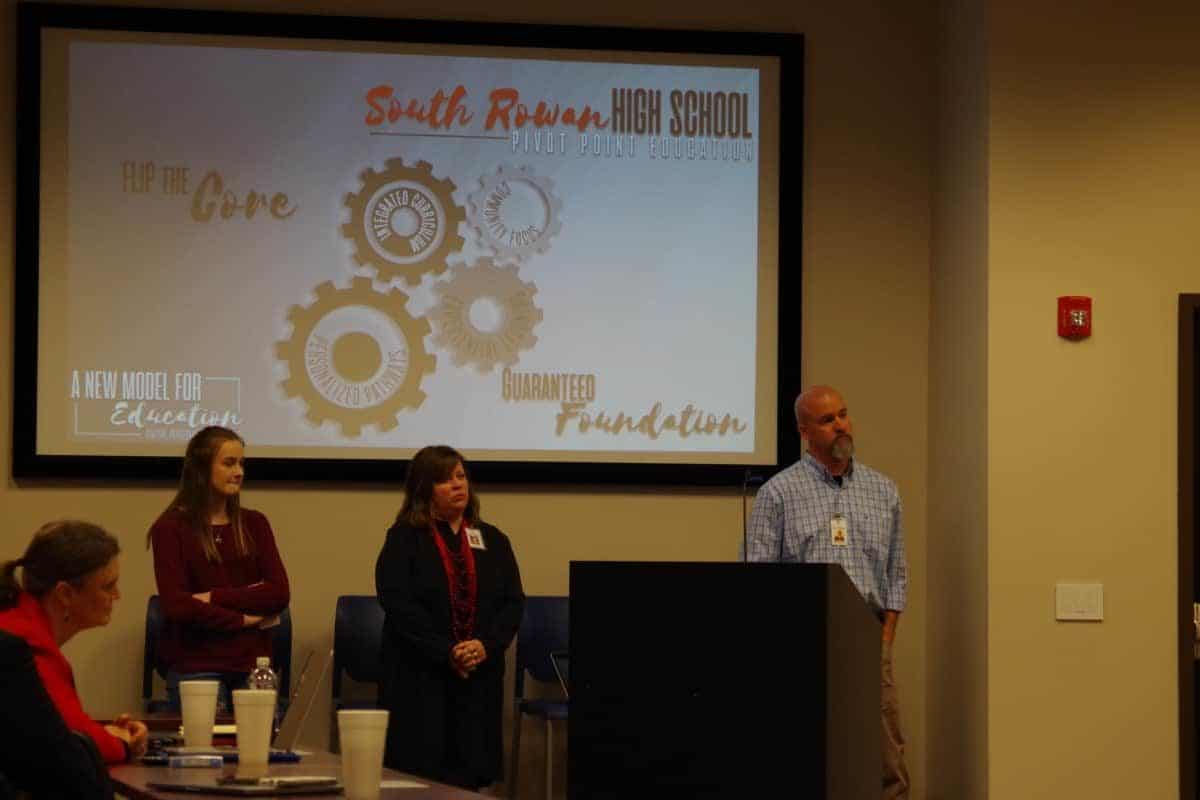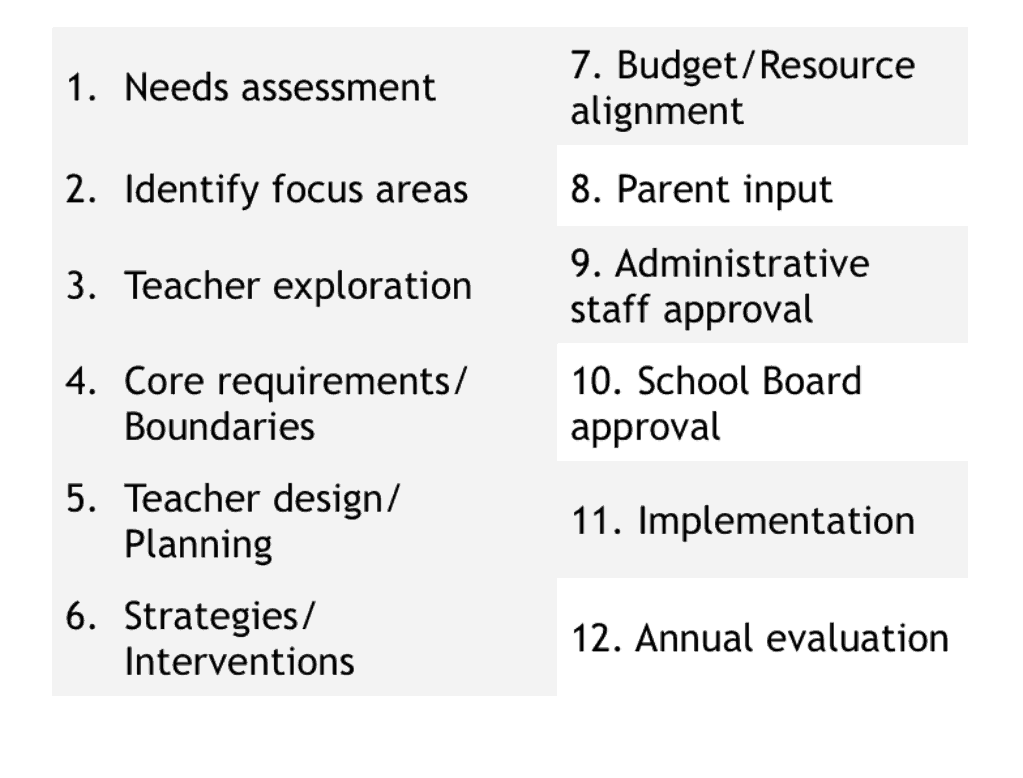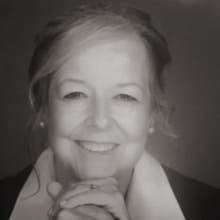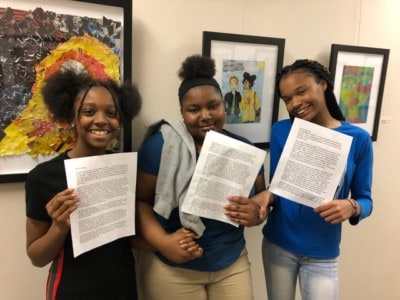
The Rowan-Salisbury School Board met Monday and continued work to identify what Renewal means for its students.
School Board Attorney Ken Soo answered a board member’s question by saying, “Some piecemealing is inevitable because you’re building the airplane before getting it off the ground.”
The state Department of Public Instruction (DPI) has agreed to fund consulting by the Friday Institute for Educational Innovation to define how the district will be measured once Renewal is implemented system-wide. Until then, school superintendent and staff — and the board — are striving to define processes, timelines, and resolve the persistent question, “How much Board involvement is necessary when schools have some new autonomy?” — all without yet knowing how they will be measured by the state.
Meanwhile, some schools that had already been identified as Restart schools are well on their individual paths. China Grove Elementary, for example, started the year in August as an A+ Arts school. Isenberg Elementary was recently approved for a language immersion program. Planning is underway and parent interest meetings are scheduled for March.
As a Renewal system, the district will continue to be measured on the three items from House Bill 986: Annual state testing and student outcomes; classroom teacher and school administrator turnover; student absenteeism.
South Rowan High School principal Kelly Withers has led her school to try a new approach: improving the student voice in education. Withers, student Chloe Sawyer, and history teacher Jason Rollins presented their dynamics for involving students in decision-making about their education.
“We made a choice five years ago to change the process for student experience at South Rowan,” Rollins said. “We worked to make education more personal to each student. We used to battle to teach students the test, and we got $1,500 if we succeeded. It helped with Christmas shopping. The problem is, we were working for money, not for the students.
“We used to say every student must go to college. We never looked at what the students’ needs were. The process was developed in another era. If you look at our current schools, we are no more than factories, working to pump out product. But our students are individuals, not robots.
“Once we recognized students as individuals, we developed more personal relationships with them. Our teacher-led design team looked at schools around the U.S. doing the same thing.”
Withers explained what that process is: “We’re piloting a process to identify what students are interested in: strengths, opportunities, and obstacles. Today we’re looking at enrollment, enlistment, or employment for every student upon graduation. We won’t predetermine a student’s pathway. They will tell us. We now prepare classes to address student interest. We’ve flipped the core and moved the student ‘next steps’ to center stage. In the meanwhile, we want to guarantee students graduate understanding credit card interest, bank accounts, and how to manage stressful situations.”
Sophomore Chloe Sawyer shared her experience with the new focus. “In elementary school, I was an A, B, and C student,” she said. “I hated the drama at middle school and wanted to be home schooled. I was suspended once in middle school for getting into a fight. I liked high school better, but I skipped class a lot in freshman year and got suspended.
“This year I was able to take Interior Design I and II. This year American History class is different. I’m studying history through the lens of what I want to do. When I graduate, I want to own my own nail salon. So I’m on a team with students who want to study cosmetology and fashion. We are focusing on what beauty was through American history. I’m doing much better in school now because it’s relevant to my goal.
“This is the first time a teacher has asked me what I want to be.”
School board member Dean Hunter, though impressed, was skeptical about results. “We don’t want the state to say, ‘That Rowan County, we gave them flexibility, and their scores are worse than ever.’”
Superintendent Lynn Moody stepped in to take that one. “Teachers are leaving because test scores say teachers are failing and students are failing,” she said. “When we develop relationships with our students, teacher retention will improve. Graduation rates will improve. Absenteeism will go down.”
Moody shared her three-tiered “directional system” for renewal. The three foci are academic skills, unique life goals, and interpersonal skills. She and her team have identified several interpersonal skills, though there are hundreds of others. They selected creativity, leadership, teamwork, civility, work ethic, and problem solving.
Board member Kevin Jones asked if everything taught must fit into one of the threads or if everything must combine all three. Moody said that all three do intertwine, but it would not be in everything taught. Each school is charged to address all three items, and they have the autonomy to meet the focus for their population of students.
The district is holding a Community Feedback Session on March 4 to hear the public perception of the directional system. Principals will offer feedback on March 12. The School Board will address the plan at a work session, and it will come up for approval at the April 29 meeting.
Moody identified 12 steps to Renewal, including:

In the first week of April, each of the 34 schools in the system will present their differentiated approaches to learning, based on the needs of their own populations. All presentations will be held at the Wallace Educational Forum on the third floor.
- April 1, 2019 Southeast Community
- April 2, 2019 Salisbury Community
- April 3, 2019 East Community
- April 4, 2019 West Community
- April 5, 2019 South Community
- April 8, 2019 North Community
These presentations will be made to administrative staff who will post questions and suggestions on Google docs as the principals make their presentations.
On April 29, staff will present condensed recaps of the plans to the Board for approval.
On approval, principals and staff will develop strategies to develop their plans from May to July.
Finally, teacher-led design teams will implement the individual school plans for the coming school year in August. In May 2020 there will be an annual evaluation of Renewal plans. Each school will be evaluated on teacher retention, absenteeism, and parent satisfaction.
At this point, according to Moody, all schools are at different stages in developing their plans — from concept to detailed plan to implementation. “We are trying to tell all schools you need to have your direction established by April, and we have a caveat: you cannot exceed your last year’s budget.”
At this point, the board raised some questions about their role in decision-making for Renewal. Do they need to study the details of each of the 34 schools in the district? — or do they need to allow staff to scrutinize the plans and bring recommendations?
School board member Dean Hunter asked, “Is there anything by law we must approve as a board?”
Soo replied, “You have the freedom to tell administration to ‘run with it,’ but you do need a document identifying who is responsible to handle what.”
Moody interjected, “We keep asking you what parameters we are working within, and you haven’t been able to answer, because you don’t know what the plans are.”
Hunter wondered, “I wonder if we should be having this discussion about how we approve things, but we don’t have a document.”
Ultimately they decided to empower administrative staff to hear each school’s plans and bring synopses to the board at the April 29 meeting.
Finance officer Carol Herndon talked to the Board about budget autonomy at the school level due to Renewal. She identified that principals will be repurposing vacant and lapsed salaries to fund other budget needs as identified in their schools’ plans. In the past, principals have had some autonomy with local instructional money as well as travel and copier costs. Giving them autonomy with unused salaries is just one step further. She identified a matrix identifying limits on that autonomy.

Finally, in discussing the district budget for school year 2019-2020, Herndon identified a potential shortfall due to deferred maintenance on existing schools, saying, “In all honesty, we cannot afford to continue to operate 34 schools.”
The board changed times and dates for two upcoming meetings. The meeting on Feb. 25 will start at 1 p.m. due to a lengthy agenda and the presence of the consultant for school consolidation. The meeting scheduled for April 22 will be held on April 29 instead, due to Spring Break.


